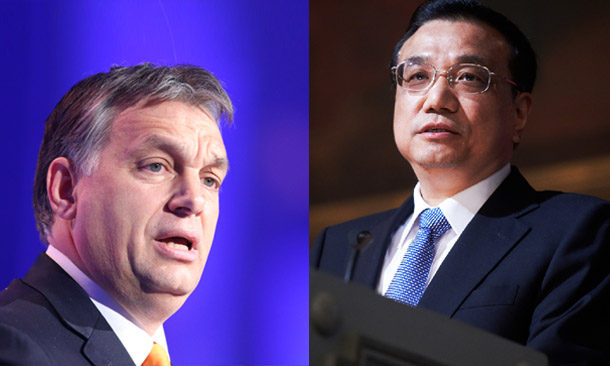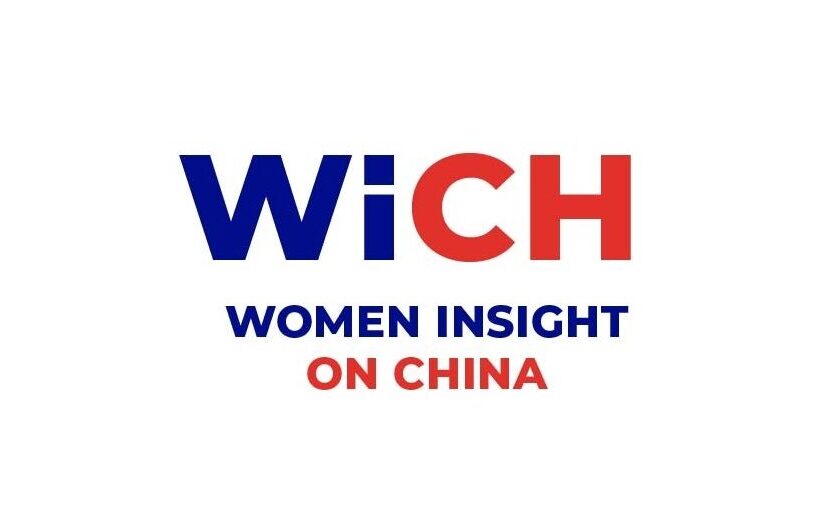The EU is increasingly suspicious of China’s specialized outreach to Central and Eastern Europe. Should it be?
With the sixth premiers’ summit of China-Central and Eastern Europe (CEE) 16+1 cooperation in Budapest, there seem to be growing tensions between China and Western Europe over this initiative. There is little economic rationale for that attitude, and it is in no one’s interest.
Even from the beginning of the 16+1 process in 2011-12, Brussels, Berlin, and elsewhere in Western Europe (and perhaps beyond) had concerns about the initiative. These were fueled by the somewhat opaque organization and non-transparent nature of the unusual cooperation. Yet since 2013 the situation had calmed down a bit, partly due to the regular presence of European External Action Service (EEAS) officials at the official meetings of the platform and their involvement in drafting the documents. Comments in recent months, however, suggest that the truce might be over.
Voices from Germany and EU institutions see Chinese activities in the CEE region as affecting the unity of the EU, undermining high-level standards, and exercising negative influence over EU members and potential members’ strategic choices.
China, for its part, used to stress that 16+1 cooperation does not go against the EU but is in line with the EU-China “strategic partnership” agenda. However, this may be changing now. Wang Yiwei, professor of Renmin University, commented to the Global Times that “currently, the EU and the U.S. can no longer provide help to boost CEEC economies.” Director of Department of European Studies at CIIS Cui Hongjian, in his piece for the same outlet, used unusually strong words when he suggested that “sophisticated” outsiders” and “onlookers” do not understand the true feelings of the people in CEE. Cui further observed that “China’s economic presence in Central and Eastern Europe is too strong to be shaken.”
What is similar in these and a number of other voices from China is that they treat the CEE region as a playing field for China and the West – hence not a part of the Western developed world per se. In fact, Chinese politicians, scholars, and media casually refer to the 16+1 platform as “South-South” cooperation. This is problematic at various levels and is not going to do good for anyone involved, including China.
First of all, contrary to what China appears to claim and Western Europe seems to take for granted, the economic presence of China in CEE is very limited and has not seen any significant growth in the past five years. This has been shown by various media, including The Diplomat, but so far this has had little impact on the general perception of the issue, which sees China as a major player in the region. China is helping to sustain this discourse and at times is being supported by voices from CEE. Hungarian Prime Minister Viktor Orban, for instance, mentioned in his speech at the Budapest summit that “Central and Eastern Europe has become the most competitive investment environment on the continent.” Similarly, Macedonia’s president talked recently about the failure of the EU in Balkans, which China can help to undo.
Although these voices seem to suggest that the role of the Western Europe in CEE is declining and China’s is growing, the reality is that Chinese economic presence in the region is minimal from the perspective of both FDI and CEE exports, and little has changed in these regards since the founding of the 16+1 platform.
Sobering Lessons From the Region
Slovakia might soon be enjoying its moment of high hopes when it comes to developing relations with China. However, the recent experiences of other countries in the region suggest caution. Hungary, Poland, and the Czech Republic – along with others such as Romania, for instance – have invested much energy in developing political and economic relations with China recently. Yet, there has been some sobering and even disappointment when it turned out that the number of Chinese projects did not progress as initially expected. According to available data, there has not been any statistically relevant increase in CEE exports to China or the amount Chinese FDI in the region over the last five years, major improvements in political relations nonwithstanding.
Still, it remains to be seen whether the Slovak case can be different. It must be acknowledged that Slovakia follows a somewhat different path from its neighbors, fueled less by high-level political support and more by a pragmatic push from business sectors and economic ministries. Moreover, the country has some advantages when compared to its V4 neighbors – as the only one using the euro as its currency, Slovakia has been one of the regional frontrunners when it comes to economic reforms, attracting high amounts of FDI and generally experiencing rapid economic growth. Even in terms of its trade with China, Slovakia has the lowest trade deficit in the region, mainly thanks to its automotive industry exports. It will be interesting to observe whether the pragmatic “depoliticized” approach to China by Slovakia would be more successful than attempts led by strong political support elsewhere.
The article was published in The Diplomat – https://thediplomat.com/2017/11/growing-tensions-between-china-and-the-eu-over-161-platform/.
Image source: European People’s Party, Flickr.com (CC BY 2.0) & Friends of Europe, Flickr.com (CC BY 2.0) ; cropped, flipped (left), cropped (right), joined


